August is an important month for gardeners looking to create a vibrant garden for the following spring and summer. Planting certain flowers allows them to take root and thrive, leading to dazzling blooms that beautify your space next year.
Which flowers should you plant in August for the best results? This article explores 11 top choices that promise stunning displays with proper care and preparation. By choosing these varieties, gardeners can enjoy a colorful and lively garden well into the warmer months.
1) Calendula
Calendula, also known as Pot Marigold, is a vibrant and hardy annual flower with bright orange and yellow petals.
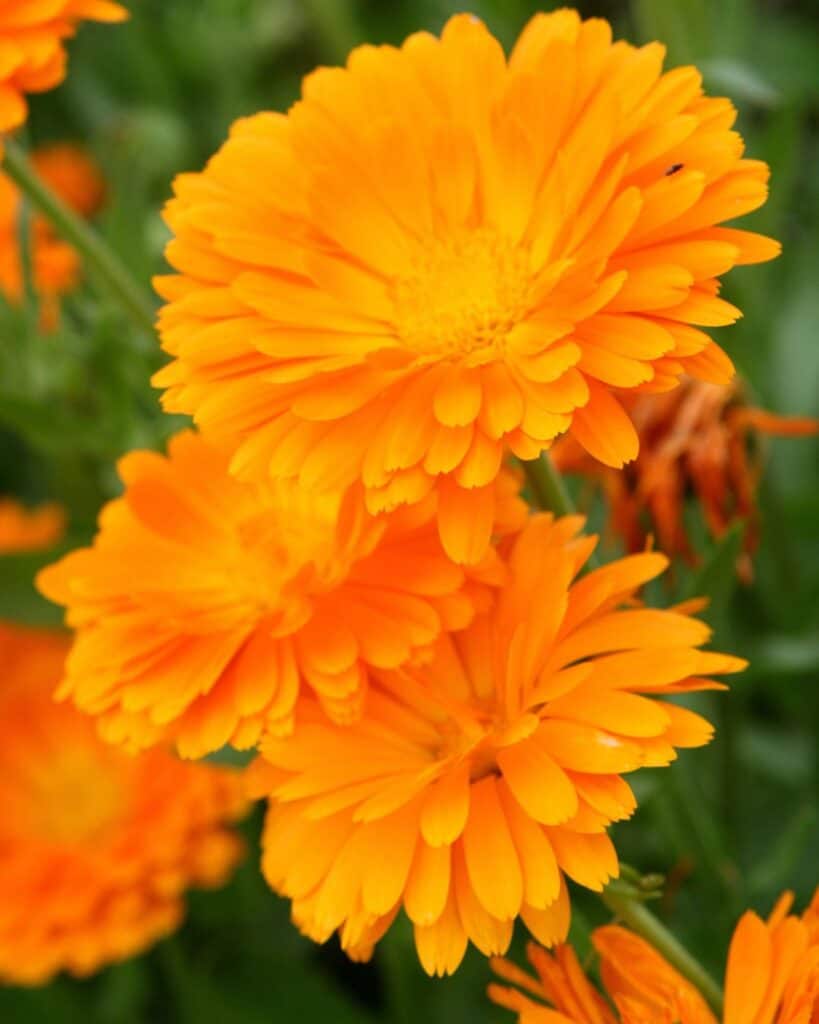

Calendula is easy to grow and thrives in a variety of garden settings. This flower attracts beneficial pollinators such as bees and butterflies. It can also self-seed, ensuring that it returns year after year with minimal effort.
Beyond its ornamental value, Calendula also offers medicinal properties and is edible. It can be a delightful addition to salads, soups, and skincare products.
When planted in August, Calendula can establish itself well and produce beautiful blooms in the spring and summer.
It is suited for USDA zones 9-11 when grown as a perennial, but it can also be planted as an annual in cooler climates. This makes calendula a versatile and rewarding choice for any garden.
For more details, visit more about calendula.
2) Queen Anne’s Lace
Queen Anne’s Lace, or Daucus carota, is a hardy biennial flourishing in USDA Zones 3 to 9. It is known for its large, white flower clusters, which resemble delicate lace.
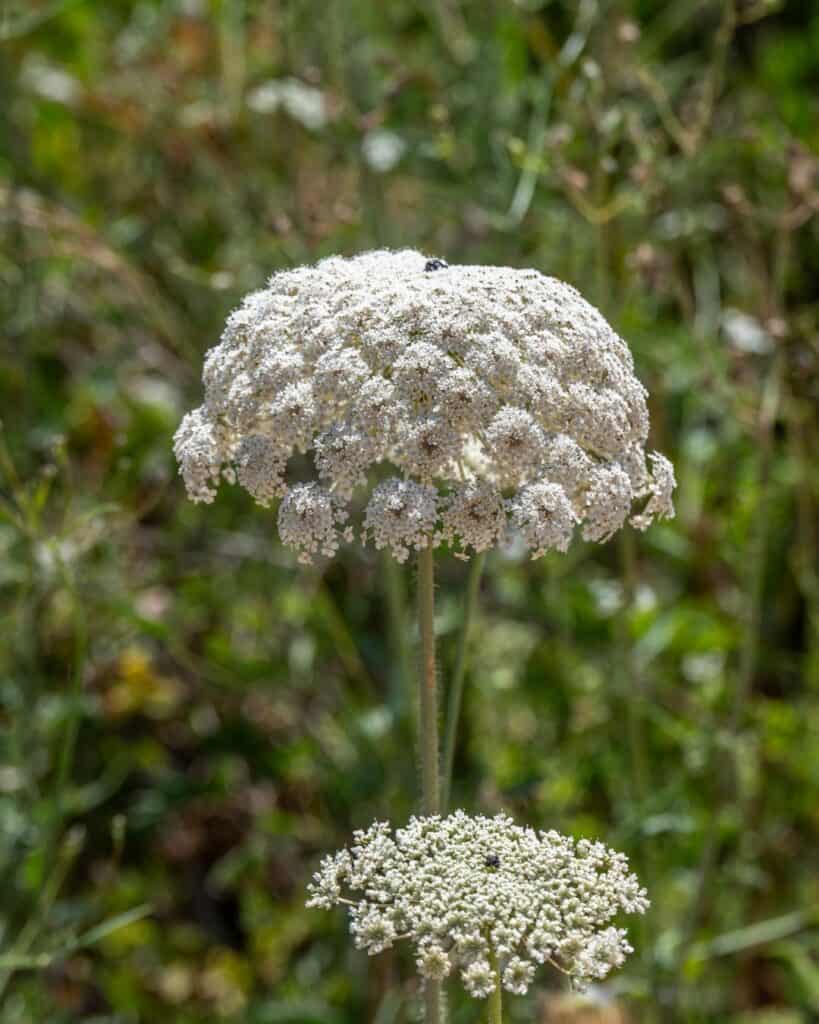

This plant thrives in full sun but can tolerate partial shade. It also prefers well-drained soil that’s allowed to dry out between waterings, as it is more tolerant of drought than overwatering.
Queen Anne’s Lace self-seeds aggressively, often growing where other plants may struggle. To prevent unwanted spreading, it’s advisable to snip off flower heads before they go to seed.
Planting in August will allow it to establish itself and prepare for beautiful blooms next spring and summer. It’s an excellent choice for gardens with low-maintenance yet striking floral displays.
3) Poppies
Poppies are ideal for planting in August for vibrant blooms in spring and summer.
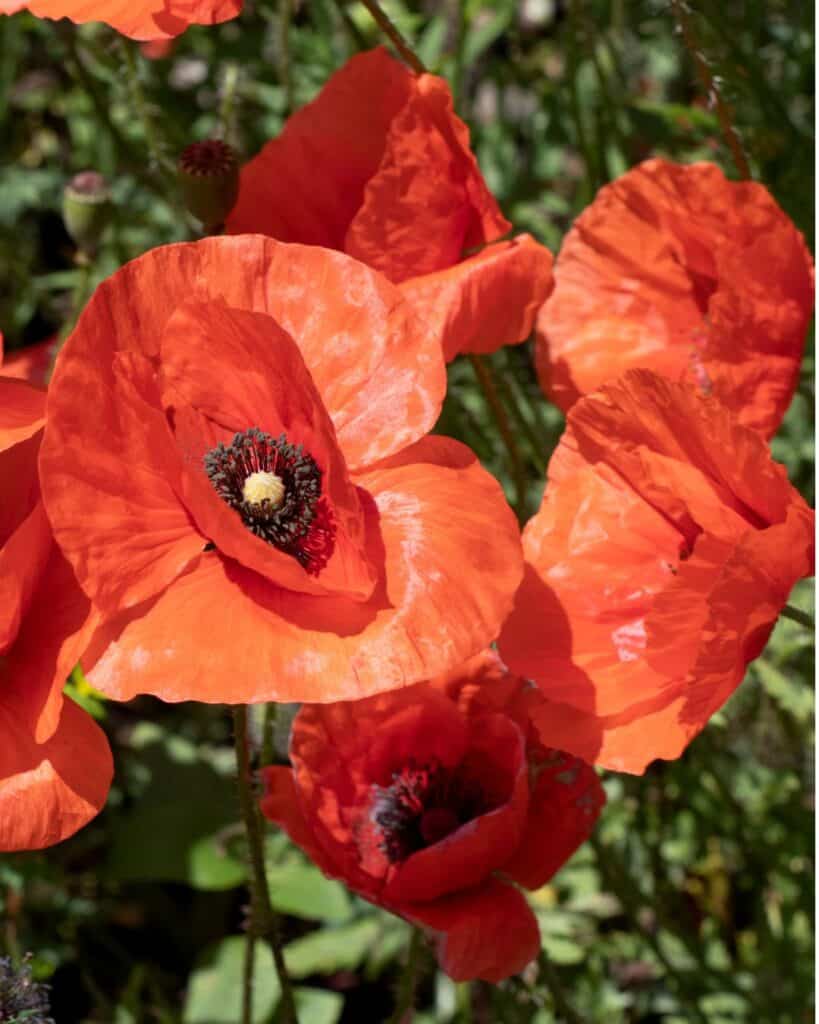

These flowers thrive when seeds are sown in late summer and given a chill before planting. This process, known as stratification, is crucial for their development.
Poppies are known for their hardy nature and flourish best in well-drained soil and full sun.
Plant the seeds about 3 inches deep, keeping the soil consistently moist until they sprout.
In cooler climates, it’s best to plant poppy seeds in autumn. You can expect to see some foliage before they go dormant in winter, and then they’ll resurface in spring with splendid blooms.
To learn more about how to plant poppies, visit this guide.
4) Coneflower (Echinacea)
Coneflowers, also known as Echinacea, are popular for their vibrant, daisy-like blooms. They are sturdy plants that attract pollinators like bees and butterflies.
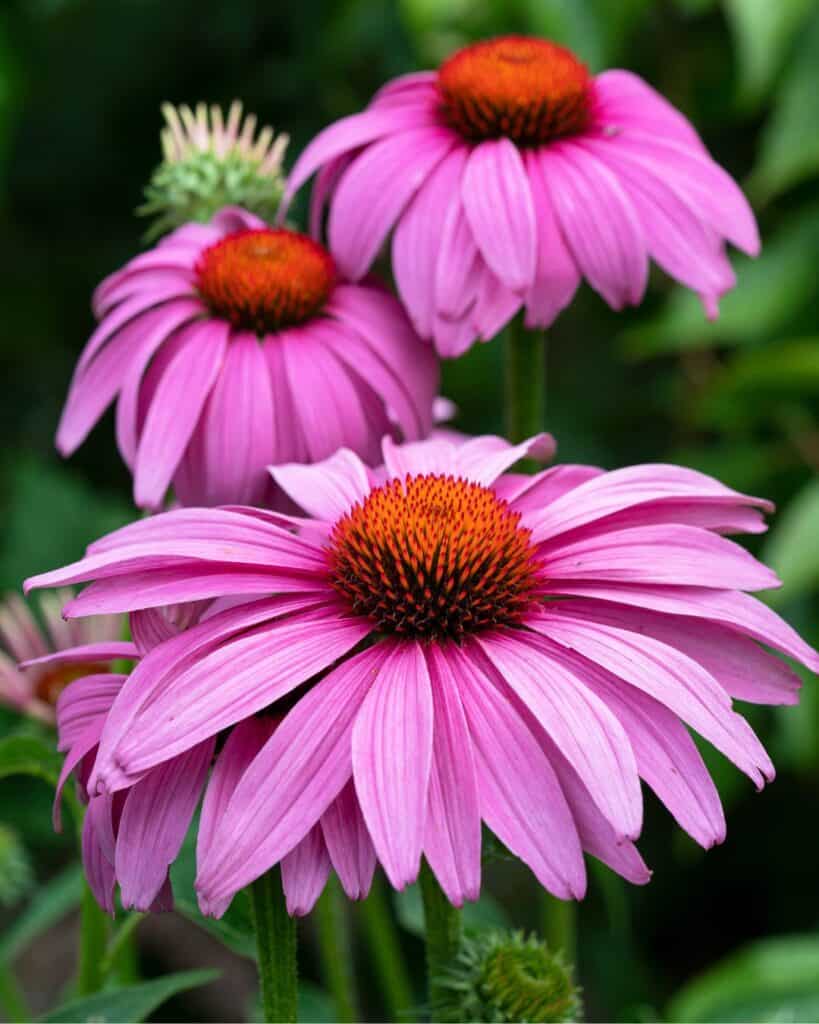

Coneflowers are drought-resistant and cold-resistant, making them suitable for various climates as they thrive in full sun and well-drained soil.
They also have medicinal uses, especially in boosting the immune system.
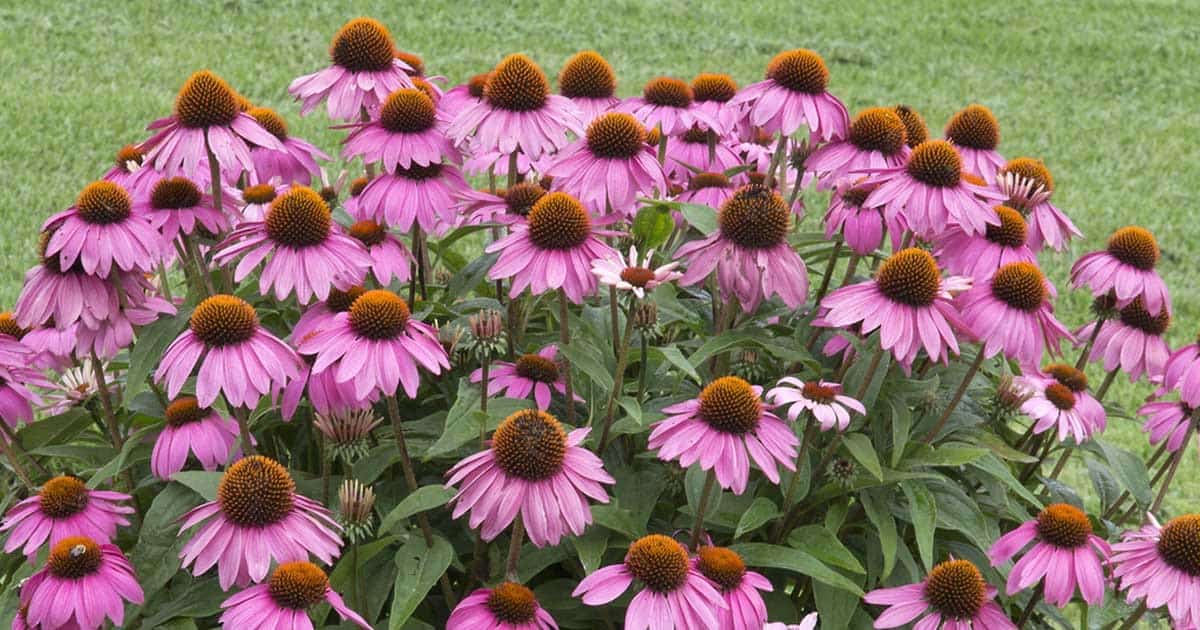

For best results, plant coneflowers in the spring, two weeks after the last frost. Established plants will provide beautiful blooms from summer to fall. They make excellent cut flowers and add a splash of color to any garden.
Learn more about how to grow coneflowers.
5) Snapdragons (Antirrhinum)
Snapdragons are a great choice for planting in August for early spring blooms.
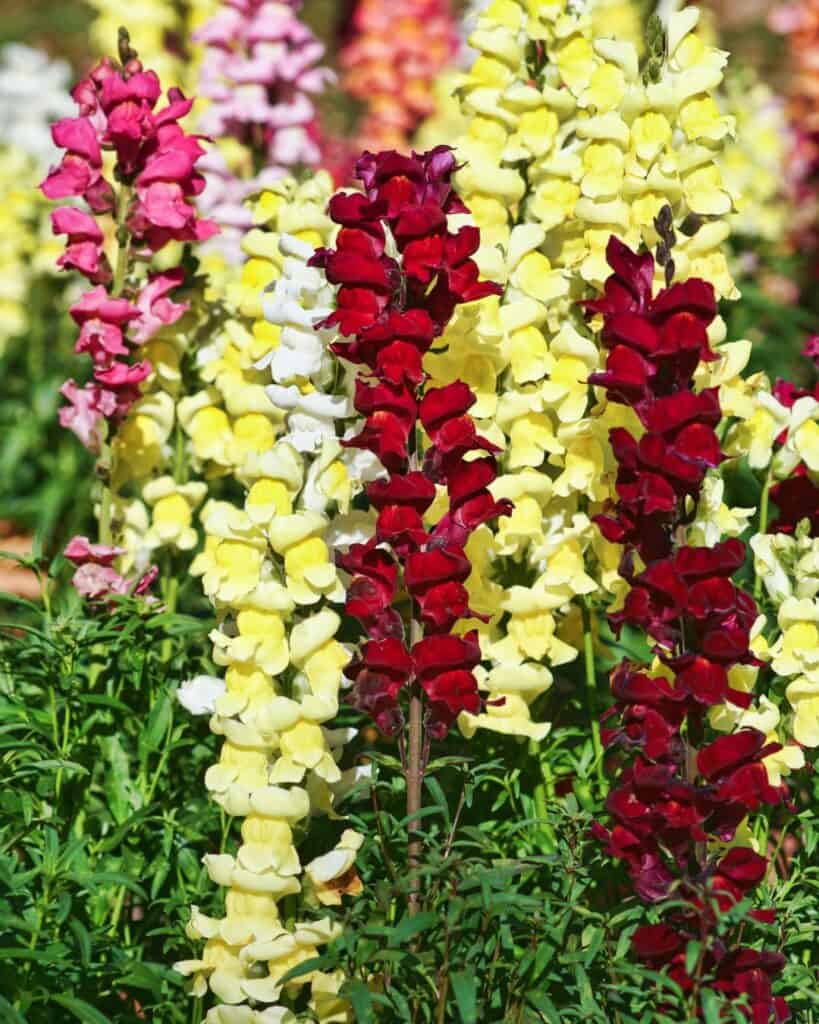

These flowers can withstand winter cold and thrive when sown in late summer. They come in a variety of vibrant colors and can liven up any garden.
Snapdragons do well in well-drained, humus-rich soil. They prefer full sun but can tolerate light shade in warmer regions. Adding borax at a rate of 3 grams per square yard ensures sufficient boron in the soil.
Using a balanced fertilizer, like a 10-10-10 mix, is essential for healthy growth. Apply this monthly during the growing season. For container planting, ensure you use nutrient-rich potting soil to give the snapdragons a good start.
6) Delphiniums
Delphiniums are well-known for their tall spikes of vibrant flowers that can grow up to 6 feet. They come in various colors such as blue, pink, purple, red, yellow, and white, making them a striking addition to any garden.
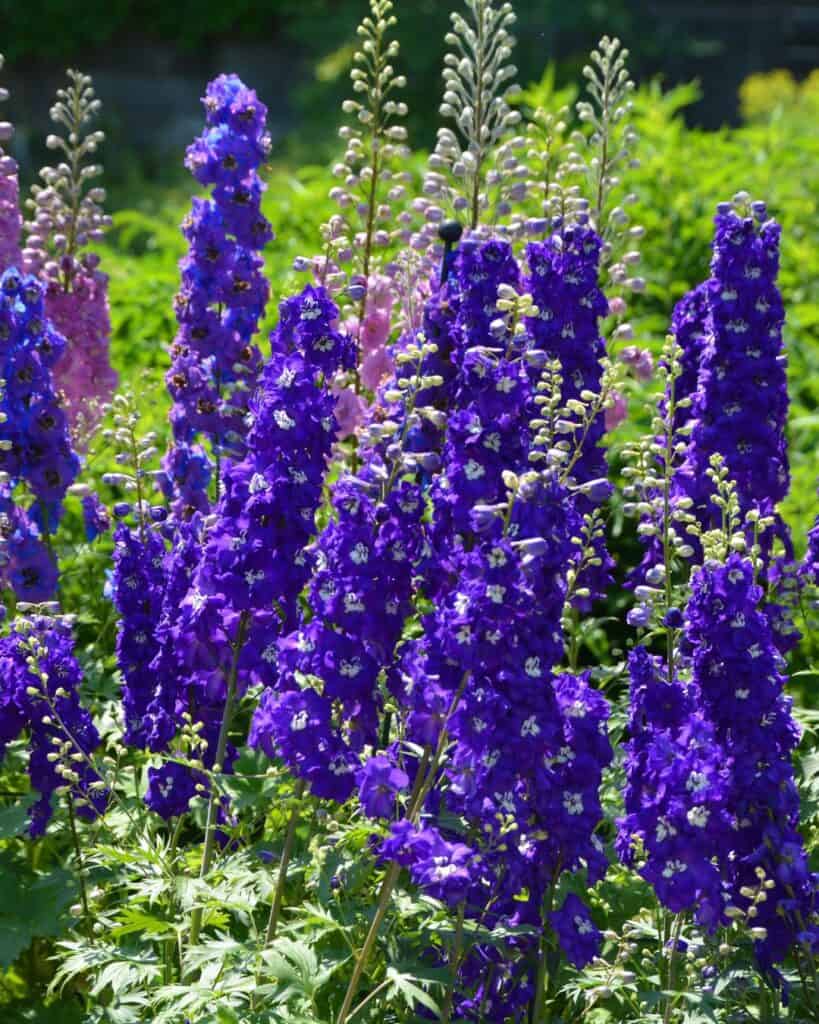

When planting delphiniums, it is important to select a location with full sun and well-drained soil. Enriching the soil with organic matter will also support optimal growth.
These flowers bloom from late spring to early summer and require staking in early spring to prevent their tall stems from snapping in windy or rainy conditions.
For more information on growing delphiniums, visit How to Grow and Care for Delphiniums.
7) Larkspur
Larkspur is a stunning flower known for its tall spikes of blossoms. It typically blooms in mid-spring and can continue through early summer with regular deadheading, encouraging more flowers to grow and keeping the plant looking tidy.
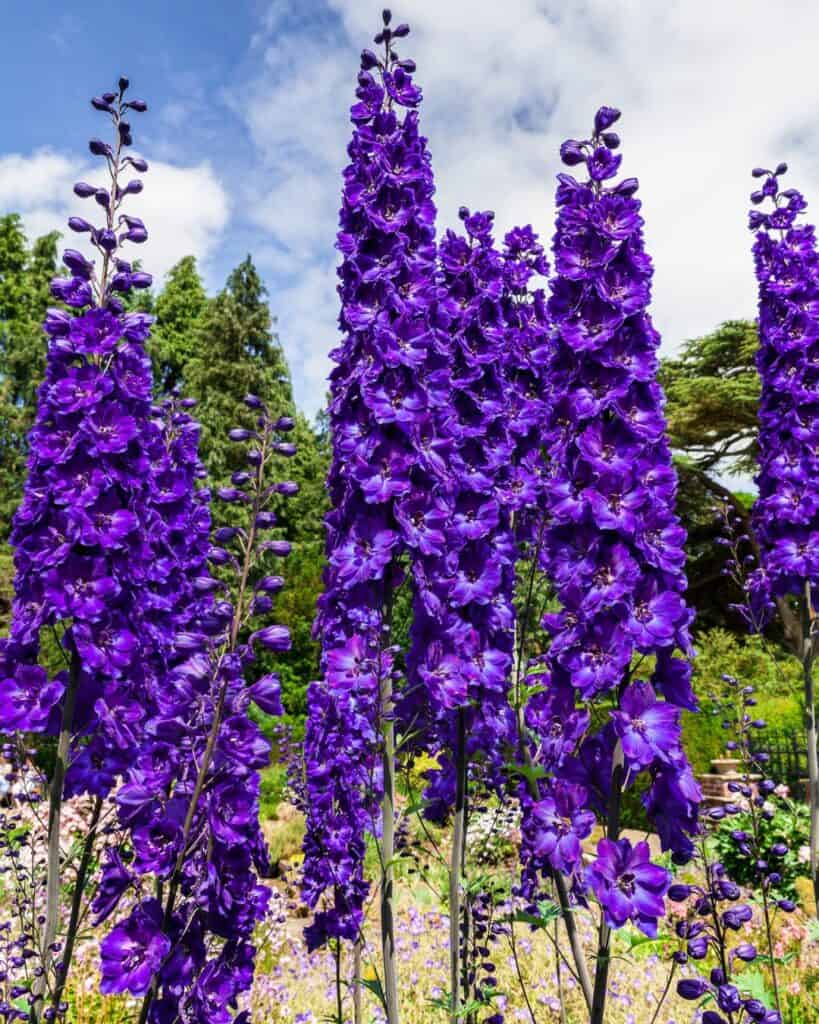

To plant larkspur, you can sow seeds in early spring or fall, placing them about 1/8 to 1/4 inch deep in the soil.
Space them roughly 12-18 inches apart to give each plant enough room to grow.
For the best results, the soil should be well-draining. Larkspur can thrive in a wide range of soil pH, ideally between 5.7 and 7.0. Additionally, pinching out the stalks can help prevent the plants from becoming spindly.
8) Pansies
Pansies are a popular choice for gardeners looking to add color to their landscape. These hardy flowers thrive in cool temperatures and can be planted in early spring or fall.
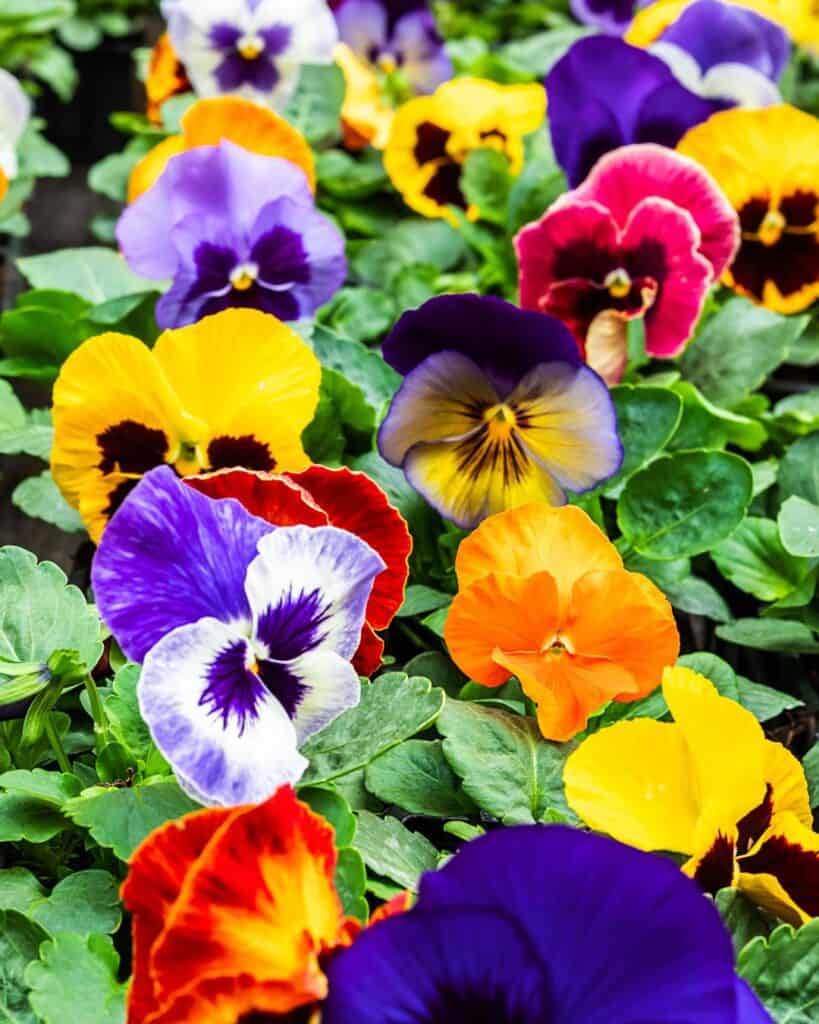

In regions with milder winters, fall planting allows pansies to establish roots and sometimes bloom throughout the winter.
Pansies are known for their “faces,” which come in a variety of vibrant colors. They can fill your garden with shades of yellow, purple, blue, and more.
With proper care and attention, pansies can bloom throughout the summer. However, they may struggle in the summer heat, so gardeners should ensure they receive adequate water and possibly shade to keep them healthy.
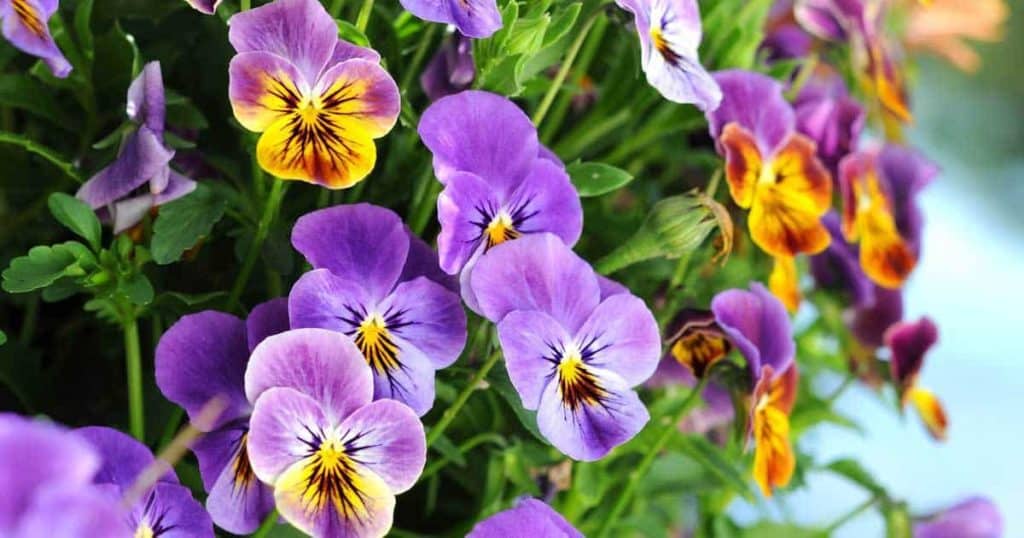

By managing their environment, pansies can be a delightful addition to any garden all season.
9) Lupines
Lupines are a popular choice for August planting and can be started from seed directly in the garden.
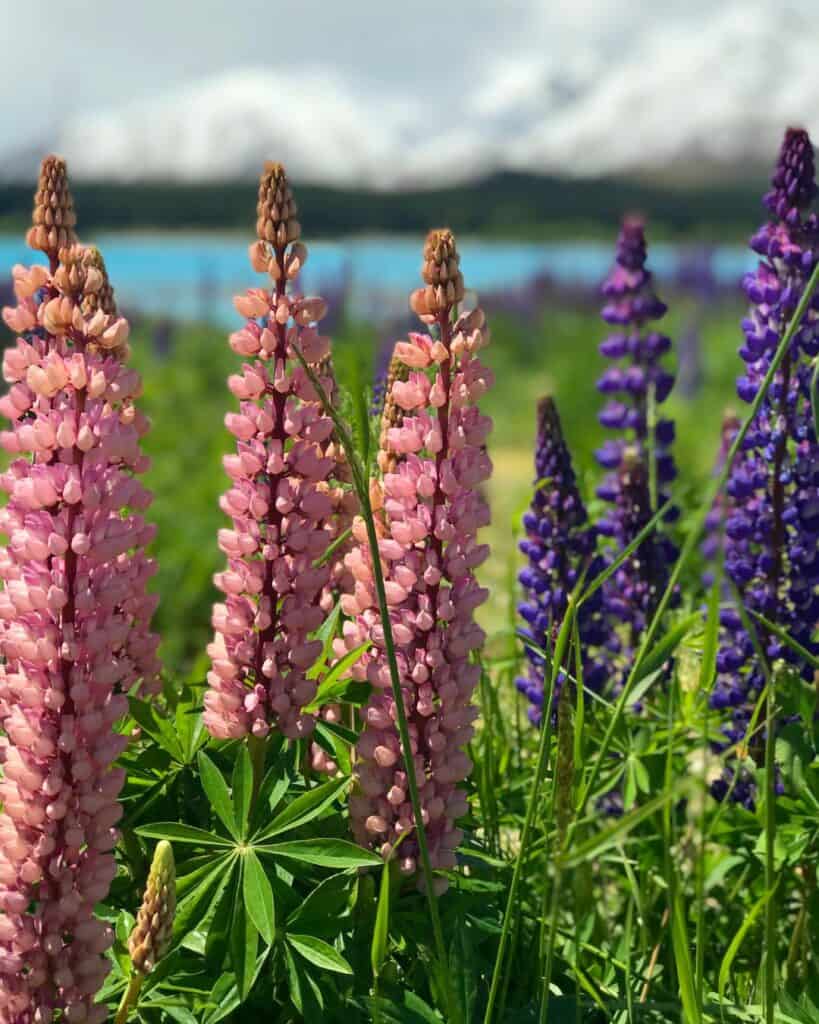

These plants are known for their tall, colorful flower spikes, which come in shades of blue, purple, pink, and white.
Lupines can take a year to produce their first blooms, but they are worth the wait. Varieties such as the Russell Lupine Mix offer a range of colors and grow well in various soil types. Soaking the seeds overnight before planting helps with germination.
Some dwarf varieties, like Gallery Yellow and Dwarf Lulu, are also available. These varieties grow to be more compact and are perfect for smaller garden spaces. However, they still deliver the same vibrant color and attract pollinators like bees and hummingbirds.
10) Nigella
Nigella, also known as Love-in-a-Mist, is an annual flowering plant with delicate, lacy foliage. It produces unique, star-shaped flowers in shades of blue, pink, lavender, and white. These flowers bloom in spring and early summer.
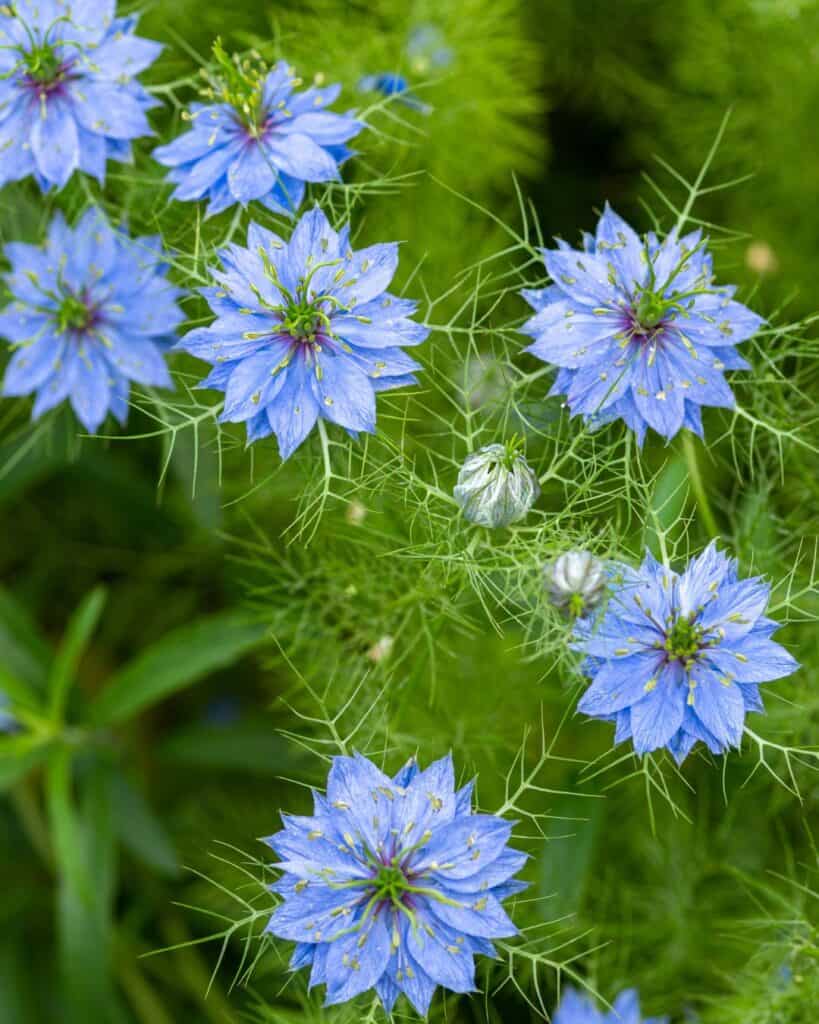

Nigella is easy to grow and does well in cool weather. It thrives in Zones 2 to 11 and can reach heights of 1.5 to 2 feet.
Nigella’s seed capsules are striped and spiny, adding visual interest even after blooming.
To ensure early spring blooms, it’s best to sow Nigella seeds in late summer. For more information, visit Nigella (Love-in-a-Mist) Flowers.
11) Lunaria
Lunaria, also known as honesty or the silver dollar plant, is a hardy biennial with attractive dark purple or white flowers. The plant typically grows to about 2.5 feet in height and 1 foot in width.
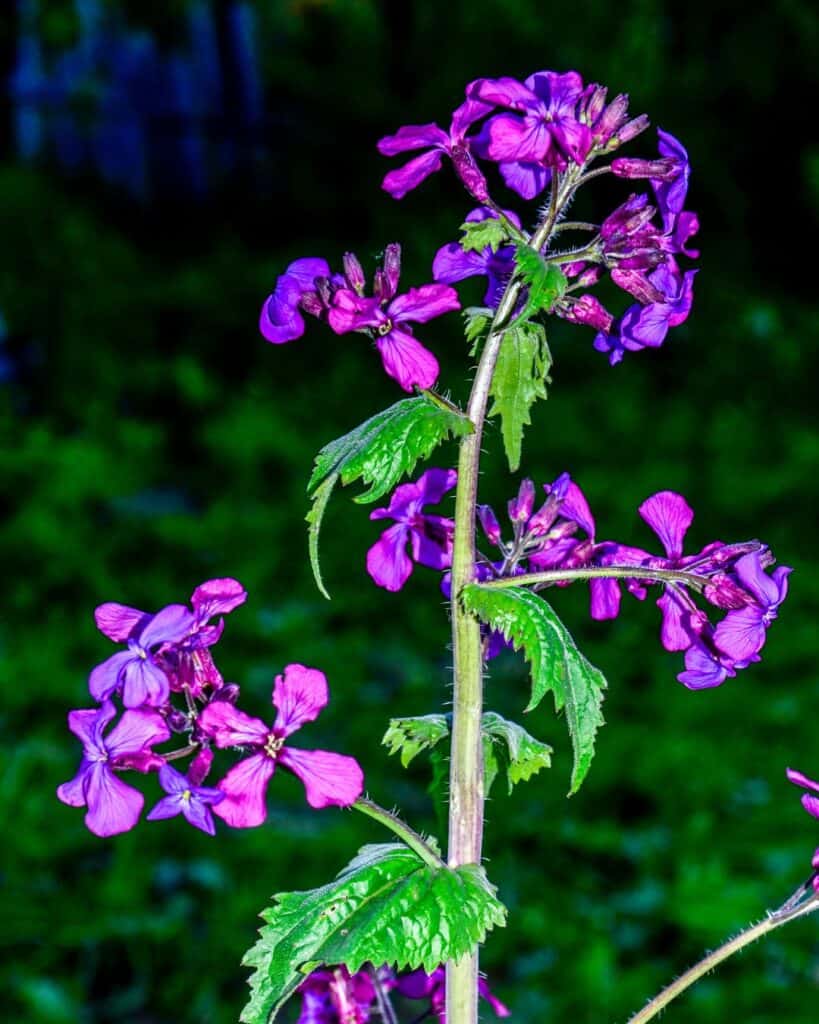

These flowers are usually planted after the last frost in spring or during summer. They develop their iconic iridescent seed pods in the second year.
Lunaria’s shimmering, moon-like seed pods can enhance any garden. It’s ideal for those looking to add unique texture and color to their outdoor spaces.
Consider starting your Lunaria in August for stunning blooms next spring and summer.
Soil Preparation And Planting Tips
Proper soil preparation and planting techniques are essential for ensuring healthy flowers. The right soil type and planting methods can significantly affect growth and bloom quality.
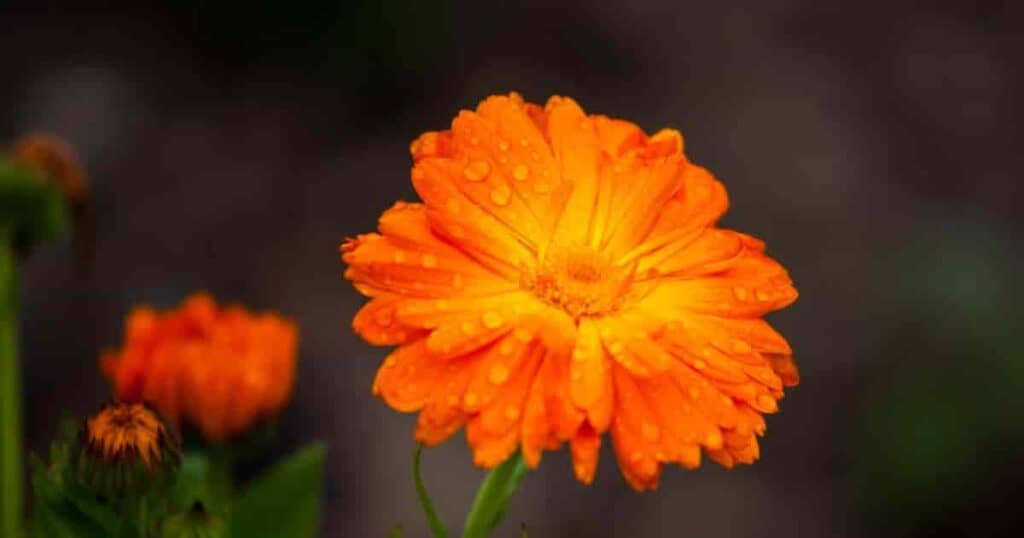

Choosing The Right Soil
Selecting the appropriate soil is crucial for flower success. Most flowers thrive in well-draining soil that is rich in organic matter.
Lupines, for instance, prefer average soil and do not require amendments before planting.
It’s vital to adjust the soil pH based on the specific needs of the flowers being planted.
The soil pH can be tested using a simple soil test kit available at gardening stores.
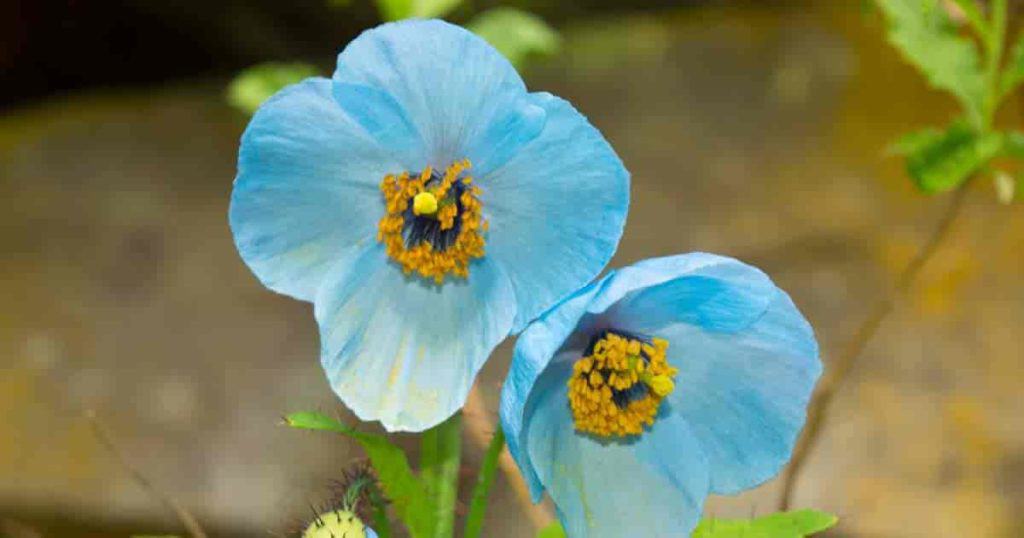

Adding organic compost can improve soil texture and fertility, benefiting all types of flowers. A sandy loam works best for salvias, as it offers excellent drainage.
Soil that retains too much water can lead to root rot, so incorporating sand or gravel can help improve drainage.
Planting Techniques
Different flowers require specific planting techniques to thrive.
Soaking lupine seeds in lukewarm water overnight helps soften their coating and encourages germination.
Once ready, plant the seeds in a sunny spot with well-draining soil.
For foxgloves, which are striking biennials, plant them in shaded or woodland gardens where they can receive some protection from direct sunlight. They should be spaced adequately to allow airflow and reduce the risk of fungal diseases.
When planting calendulas and dahlias, direct sow seeds in late summer for autumn bloom or start them indoors in pots for transplanting later.
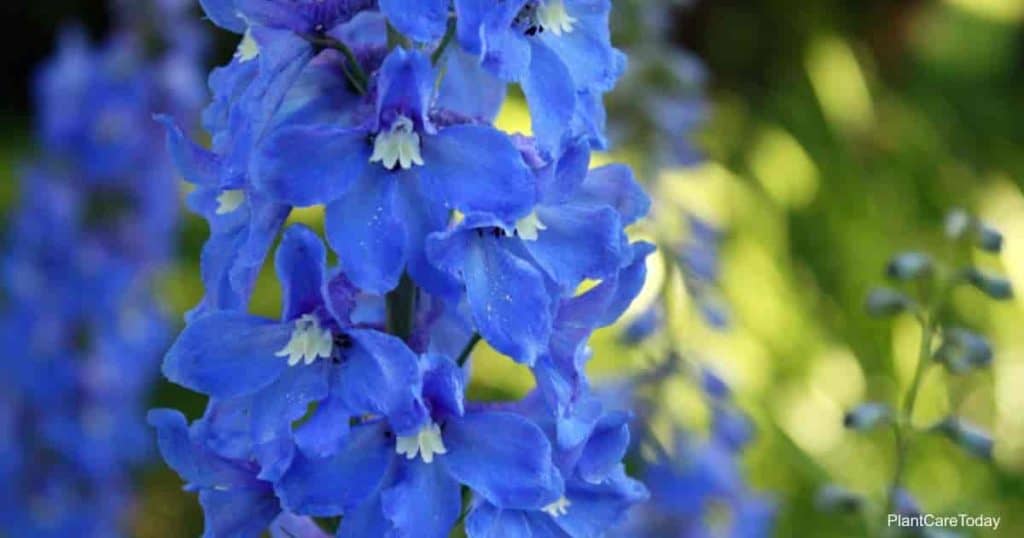

Keep the soil moist but not waterlogged. Shear back spent flowers on salvias to promote reblooming and extend the blooming period.
Caring For Your Flowers
Caring for flowers involves proper watering, the right fertilization schedule, and vigilant pest and disease control. Each of these aspects is crucial for healthy and vibrant blooms.
Watering Guidelines
Watering is essential to keeping flowers healthy. Most flowers prefer deep, infrequent watering to encourage strong root growth.
Water should be used early in the morning or later in the evening to minimize evaporation and reduce the risk of fungal infections.
Avoid overhead watering when possible, as wet leaves can lead to disease.
New seedlings need more frequent watering, usually every day or two. Established plants can often get by with watering every 3-5 days, depending on the weather and soil type.
Always check the soil moisture before watering; it should be moist but not soggy.
Fertilization Schedule
Regular fertilization ensures that flowers get the nutrients they need to thrive.
A balanced fertilizer (like 10-10-10) works well for most flowers.
Apply a slow-release granular fertilizer in early spring and again in mid-summer for continuous growth.
Liquid fertilizers can be used every 2-4 weeks during the growing season.
It is important to follow the packaging instructions to avoid over-fertilization, which can harm plants.
Compost or organic matter can also be used to improve nutrient content and soil structure.
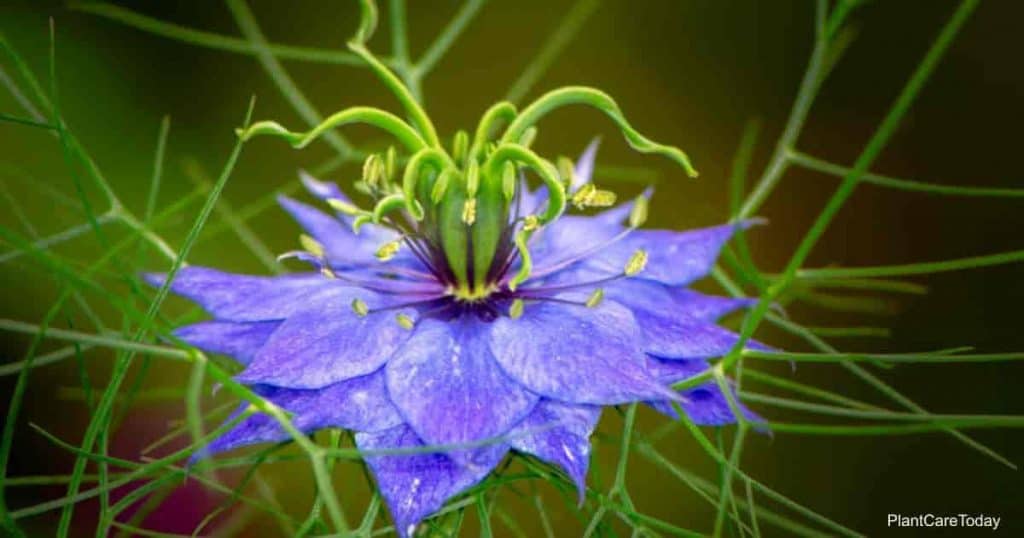

Pest And Disease Control
Keeping pests and diseases at bay is vital for healthy flowers.
Monitor your plants regularly for signs of trouble. Common issues include aphids, spider mites, and fungal infections.
Use insecticidal soap or neem oil for pests and fungicides for diseases.
Good garden hygiene can prevent many problems. Properly remove dead or diseased plant material and avoid overcrowded planting, which can foster pests and diseases.
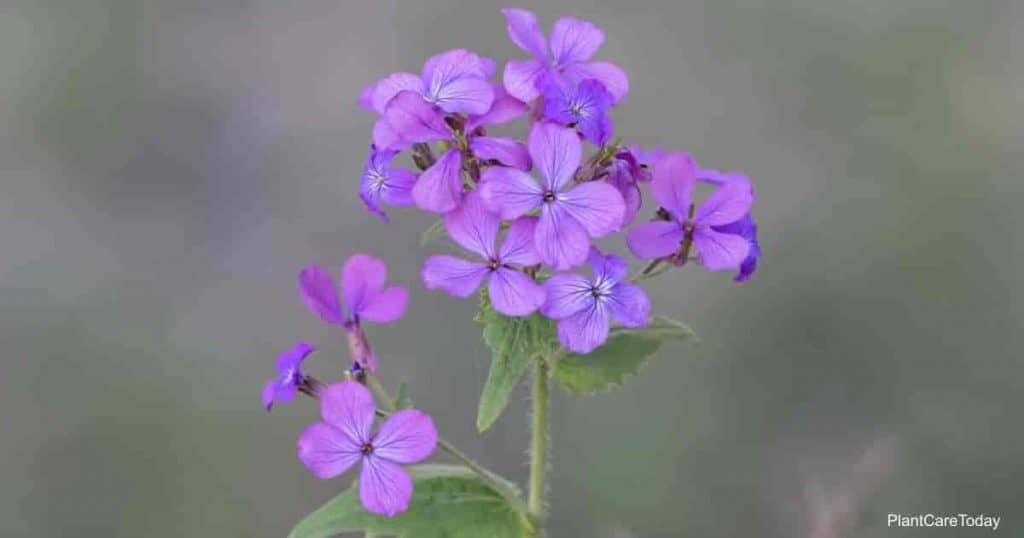

Additionally, rotating flower beds yearly can help minimize recurring problems. To reduce the risk of infection, always choose disease-resistant varieties.



